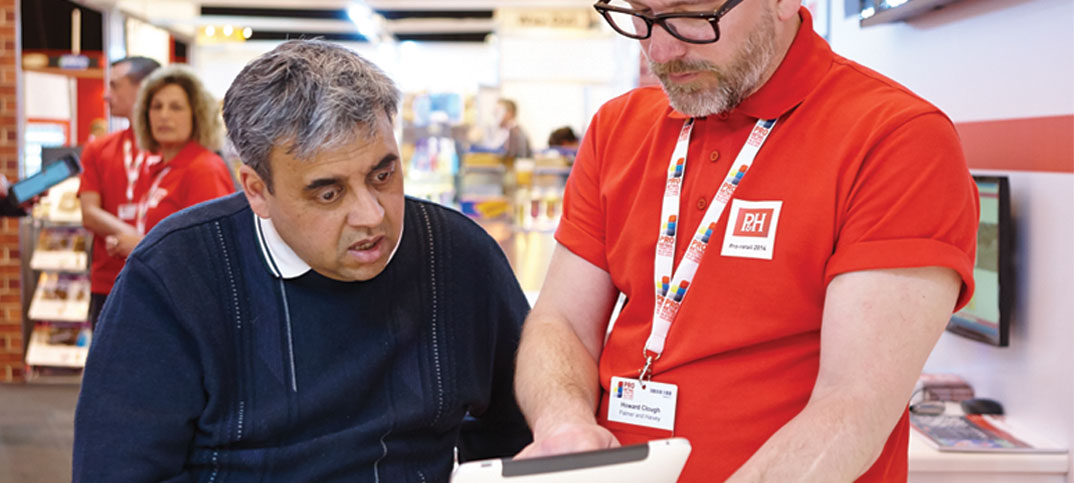One thing that retailers who visit wholesaler Palmer and Harvey’s Pro-retail show this April are promised is a chance to boost sales by 20% and profits by 30% through the practice of good merchandising.
Use planograms, it says, to promote on-shelf consistency that will make it easier for shoppers to buy and staff to restock. Ranges based on bestsellers will reduce your stockholding by as much as 36%, says the flier.
This is all true, but if only retailing were so simple. P&H bases its recommendation on access to “intel, insights and technology which are normally the reserve of retail giants.”
However, while big data delivers an advantage across a large estate of stores controlled by a single head office, at a store level there are winners and losers.
If a retailer was building a planogram for themselves, they would start off by making some decisions based on the money they would invest in the stock, the margin that each item would deliver, and the stock turn that each item would achieve in order to maximise their return on cash invested.
Almost immediately would come the challenge of the slower selling item that was valued by a big basket shopper or someone similar. And then there is the constant interruption of the new products that drive footfall and short term profitable volume sales.
And while retail giants invest in rectangular shaped stores and uniform fixtures, the independent retailer’s plans almost immediately come up against the physical constraints of their layout and fixture types.
A further complexity comes from the item on sale. Some products are must stocks and these require a replenishment strategy, using data to forecast predictable sales. Other products require the retailer to anticipate future demand (such as Easter stock) and to make planning and allocation decisions.
Using data they need to spot trends, such as people buying fewer treats like cakes on Mondays and Tuesdays after overindulging at the weekend. They need to pay attention to when half term falls.
With perishable foods, retailers need to think differently. If they commit to never selling product past its best, then they need to either charge very high prices so they can afford the wastage or to sell out.
And then overlay on top of this the push element in the trade, where big suppliers are pushing promotions through the channel, often causing pricing confusion and a stock holding dilemma at the end of the three-week period when the next promotion pushes different items.
In preparing for this year’s Independent Achievers Academy a lot of thought has gone into what best practice looks like – and following planograms is certainly best practice. But then to balance this with what the world looks like to a busy retailer working long hours.
The good news is that P&H is correct: there is a lot of profit to be made through better merchandising. The less good news is that while using planograms is a good start, for many retailers the journey will involve a lot of hard work in better understanding what sells and what makes the profit.
If you are uncertain, then a visit to Telford or engaging with the IAA is a must do for 2016.






Comments
This article doesn't have any comments yet, be the first!